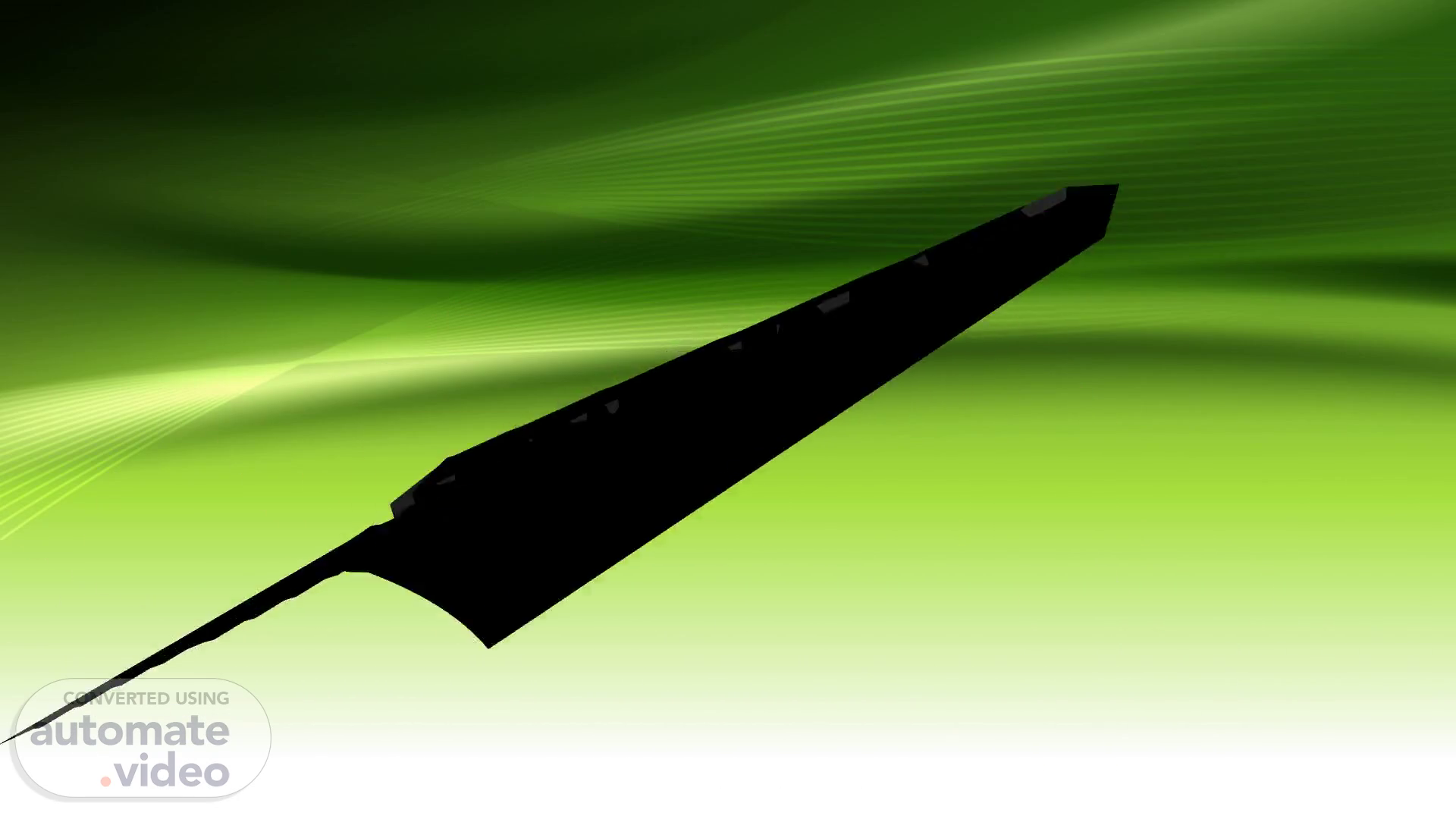
Title: Automated NPK Fertilization System for Maize, Cotton, Tomato, and Wheat
Scene 1 (0s)
[Audio] Good morning/afternoo], everyone. I am Sahil Shaikh, and today I'll be presenting our project on the 'Automated NPK Fertilization System for Maize, Cotton, Tomato, and Wheat.' Our team consists of Sahil Hamid Shaikh, Juned Matlub Shaikh, Riya Biswas, Ashana Arif Sheikh, and Priyanka Yadav. Our project guide is Assistant Professor V.S. Gawali from the Government College of Engineering, Chandrapur. Let's dive into the details of our project..
Scene 2 (33s)
[Audio] This project aims to develop an automated NPK fertilization system designed to optimize the growth of crops such as maize, cotton, tomato, and wheat by using real-time NPK sensors, actuators, and a drip irrigation system. The system is controlled by an ESP32 microcontroller and uses IoT technology for remote monitoring and control via a mobile app. The system ensures precise and timely application of nitrogen, phosphorus, and potassium fertilizers to improve crop yield, reduce fertilizer wastage, and decrease environmental impact. The goal is to promote more efficient, sustainable, and resource-saving farming practices..
Scene 3 (1m 18s)
[Audio] In agriculture, proper fertilization is critical for healthy crop growth. Nitrogen, phosphorus, and potassium—referred to as NPK—are essential nutrients for plant development. However, traditional fertilization methods often lead to over-fertilization, inefficiency, and labor-intensive work. These challenges call for an automated approach that uses real-time sensor data to manage nutrient application, ensuring efficiency, sustainability, and higher crop yields..
Scene 4 (1m 51s)
[Audio] Traditional fertilization relies heavily on manual labor and approximations, leading to over-application of fertilizers, inconsistent nutrient distribution, and high labor costs. Additionally, the lack of real-time data results in inefficient fertilization, harming the environment. To address these issues, we propose an automated system that combines real-time sensor data with IoT to ensure precise nutrient application, reducing waste and labor while increasing yield..
Scene 5 (2m 22s)
[Audio] Our primary objectives are to design and implement an automated system that accurately applies NPK fertilizers using real-time sensor data. The system will use a microcontroller, ESP32, to control actuators based on sensor readings. We also aim to integrate a mobile app for remote monitoring and control, ensuring that the system is efficient in terms of both water and fertilizer usage..
Scene 6 (2m 49s)
[Audio] Several systems have already been developed that combine IoT and sensors for automating fertilization. For example, Kumar et al. (2019) and Kim et al. (2019) focused on using sensors to detect soil nutrient levels and control fertilizer application. Our project builds upon these advancements by using the ESP32 microcontroller for its Wi-Fi and Bluetooth capabilities, enabling remote monitoring via a mobile app. We are not only measuring the soil nutrients but also automating the fertilization based on crop needs and soil status..
Scene 7 (3m 29s)
[Audio] This system offers several key features: Real-time monitoring of soil conditions, automated fertilization based on sensor data, and remote control via a mobile app. These features ensure that the right amount of fertilizer is applied to the crops at the right time, reducing fertilizer wastage and improving crop health..
Scene 8 (3m 49s)
[Audio] To develop the system, we first designed the hardware setup, considering the needs of each crop (maize, cotton, tomato, and wheat). We then programmed the ESP32 to interface with the sensors and actuators, and integrated it with the mobile app for remote control. The system was then tested under different conditions to ensure accurate sensor readings and proper fertilization. Data was analyzed to fine-tune the system for optimal performance..
Scene 9 (4m 19s)
[Audio] The block diagram shows the interaction between the components. It illustrates how the NPK sensors, temperature and moisture sensors, and ESP32 microcontroller work together. The microcontroller processes the sensor data and controls the actuators that manage water and fertilizer application. The system's mobile app interface allows for remote monitoring and control, providing farmers with real-time data to manage their crops efficiently..
Scene 10 (4m 47s)
[Audio] The expected benefits of this system include increased crop yield by ensuring optimal nutrient delivery, resource efficiency by minimizing fertilizer waste, sustainability through reduced environmental impact, and labor cost reduction through automation..
Scene 11 (5m 7s)
[Audio] The system holds significant social relevance. By improving crop yields and reducing resource usage, it contributes to food security. Additionally, it helps preserve the environment by minimizing fertilizer runoff and water waste. Economic benefits are also substantial, as farmers will save on fertilizer costs and reduce labor. This technology can also serve as an educational tool, helping farmers adopt modern, sustainable farming practices..
Scene 12 (5m 39s)
Challenges and Future Work. System Scalability: The system is currently designed for a 4x4 sqft tray, but it can be scaled up for larger farms or different crop types. Sensor Calibration: Different soil types and environmental conditions require further calibration of sensors for accuracy. Integration with Other Systems: Future work includes incorporating weather data, drone technology, and soil health monitoring for even more precise farming practices..
Scene 13 (5m 59s)
[Audio] In conclusion, our automated NPK fertilization system provides a sustainable, efficient solution to modern farming challenges. It optimizes crop yield by ensuring precise nutrient application, reduces environmental impact, and lowers labor costs. With future enhancements and scaling, this technology has the potential to transform farming practices globally..
Scene 14 (6m 25s)
References. Kumar, A., et al. (2019). "An IoT-based automated fertilizer application system." International Journal of Agricultural Engineering. Kim, S., et al. (2019). "Precision irrigation and fertilization in agriculture." Sensors Journal. Jones, J.B. (2017). "Plant Nutrition Manual." CRC Press. Smith, R. (2021). "IoT in agriculture: Revolutionizing farming." Agricultural Technology Review. END.
Scene 15 (6m 47s)
Thank You!.